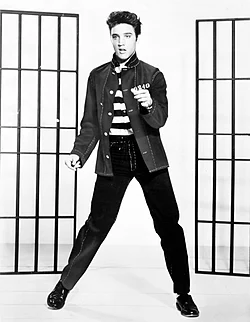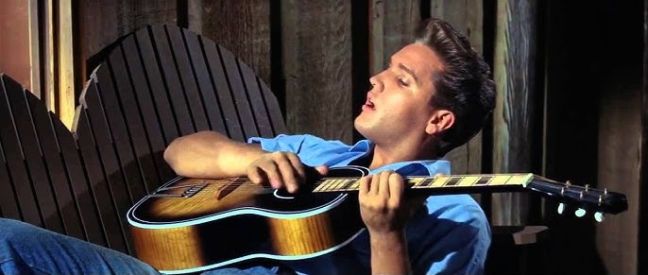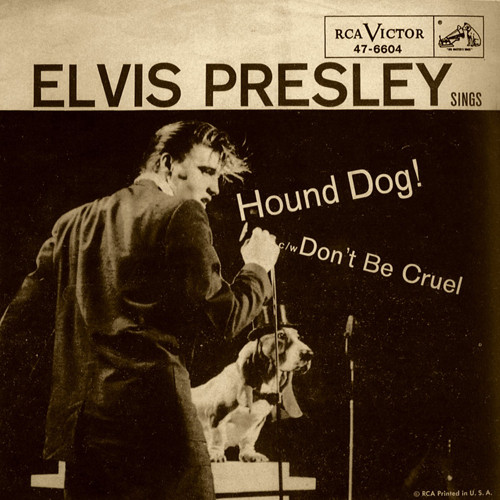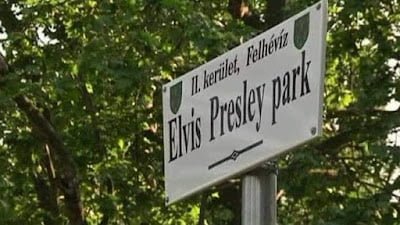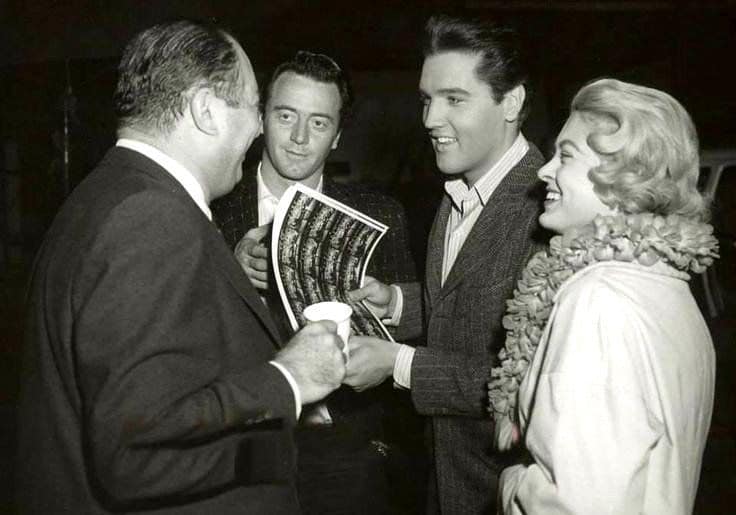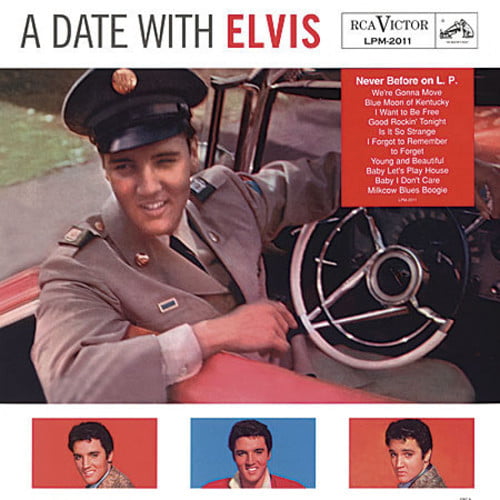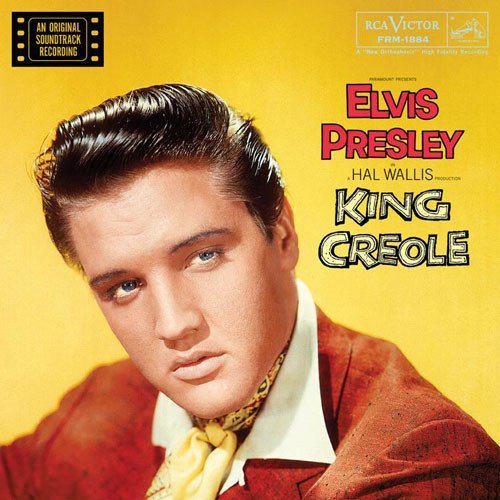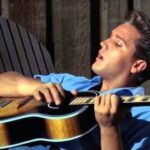FOLLOW THAT DREAM
From a Hawaiian paradise to the sunny shores of Florida (Part 4)
Sound Advice
“(Elvis, author’s note) He was like a brother to me ,” Red West, Presley’s friend and bodyguard, said in an interview. ” He was even closer to me than my brothers. We grew up together from high school and then worked together almost until the very end (they ended their collaboration a year before the singer’s death, author’s note). We had a lot of really good times. We went fishing to Biloxi, we had all these crazy fireworks fights on the golf course at night, plus all the crazy things that happened on tour .”
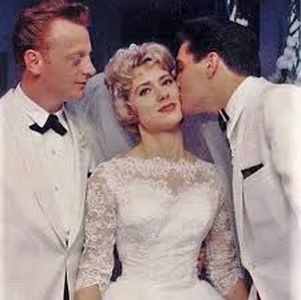
Despite the subsequent tumultuous breakup and the numerous controversies surrounding the publication of the book “Elvis: What Happened?”, it’s no surprise that it was Red West who dreamed of Elvis Presley being the best man at his wedding to Pat Boyd (actually Patricia ‘Pat’ Boyd, as that was her full name). Boyd’s secretary, whom West met at Graceland. ” From the very beginning, we had a special bond ,” Boyd recalled in later interviews. ” (Red, author’s note) He was a very honest and straightforward man .”
The couple decided to marry after only three weeks of dating, and said their sacramental “I do” on July 1, 1961, at Holy Trinity Community Church in Memphis.
And although the church where Red and Pat were married was less than twenty kilometers from Presley’s estate (some sources say 16-18 kilometers), the singer, along with his then-partner, Anita Wood, arrived at the ceremony significantly late. Elvis apparently got lost. In the circumstances, Joe Esposito took over his role (as best man).
It’s worth noting, however, that the wedding of Elvis’s best friend had been celebrated quite lavishly the previous day. An informal reception attended by a group of Presley’s closest associates (members of the so-called Memphis Mafia) took place at Graceland and lasted until 4 a.m. According to some attendees, it ended with all the guests ending up in… a swimming pool.
I mention this for a reason, as the above-mentioned joyful events had an impact on the workflow and atmosphere during the recording of songs for the new film. This is especially true given that recording was scheduled to begin on Sunday, July 2, 1961.
The first significant consequence of Presley’s participation in the wedding festivities was the relocation of the recording sessions to Nashville, to Studio B (Elvis’s favorite studio), which was significantly closer to Memphis than the Hollywood studios * .
Another factor was the involvement of musicians and sound engineers for the recordings, most of them associated with the local studio, which at that time guaranteed both the highest professionalism and an excellent, recognizable sound.
The third, and essentially final, aspect was adapting the studio’s hours to Presley’s personal preferences. Presley preferred working at night. For this reason, the sessions were scheduled to begin at 7 p.m.
So when the singer finally arrived at 1611 Roy Acuff Place, where Studio B was located, he was met inside by a band consisting mostly of the most seasoned and best instrumentalists available at the time (some of them were members of the so-called Nashville A-Team) and several musicians with whom he had been working for the past few years.
Scotty Moore, Hank Garland, and Neal Matthews of The Jordanaires played guitar that evening. Bob Moore played bass, DJ Fontana and Murrey ‘Buddy’ Harman played drums, Floyd Cramer played piano, and Homer ‘Boots’ Randolph played saxophone. Vocal accompaniment was provided by the aforementioned group The Jordanaires (Gordon Stoker, Neal Matthews, Ray Walker, and Hoyt Hawkins) and soprano Millie Kirkham.
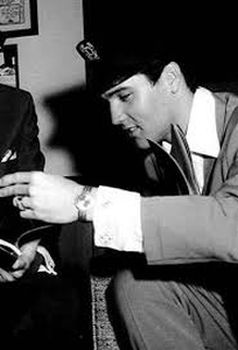
In the control room sat Bill Porter – an extremely respected sound engineer and music producer who over the years has collaborated with such legends of American song as Roy Orbison, The Everly Brothers and Louis Armstrong, and Hans Salter from United Artists.
The soundtrack for the comedy “Follow That Dream” originally included six songs that varied in both style and quality.
The first was the romantic ballad “Angel,” written by Sid Tepper and Roy C. Bennett. It was definitely one of the best songs recorded that night (and a shame RCA never released it as a single).
When asked in an interview whether he liked Presley’s interpretations of his songs, Roy C. Bennett replied: ” You might find this interesting, but we never invited singers to record our demos who would imitate Elvis in any way. We felt that Elvis had the ability to evaluate a song without listening to the ‘fake’ Elvis. And you know, I guess we were right, because he recorded as many as forty-two of our compositions! He generally sang them in the way we predicted – very close to the way they sounded on the demos. But there were exceptions […] I especially liked one change he made. In the song ‘Angel’ (from the movie ‘Follow That Dream’), he changed one of our notes in the syllable ‘An’ into two notes and, by combining them, turned them into the characteristic ‘A-Angel’ .”
Tepper and Bennett’s song was recorded in less than seven, mostly complete takes, and preparations began immediately for the recording of the future title track, “Follow That Dream,” with lyrics by Fred Wise and music by Ben Weisman.
” The writers at Hill & Range would get scripts from Hollywood, and all we cared about was where the songs would fit ,” said Ben Weisman, the author and co-writer of fifty-seven (!) songs recorded by Presley. ” Sometimes there were six to ten different songs asked to be written by different songwriting teams. The only thing that mattered was filling in all the gaps in the script. It was a total ‘free-for-all.’ “
According to the composer, Presley himself wasn’t overly demanding of the material he submitted, never demanding, for example, any changes to specific songs. ” I don’t recall ever having to change any of my songs at his request, ” Weisman stated categorically.
Years later, the same author described “Follow That Dream”, recorded after six rehearsals, as his favorite of all the songs sung by Elvis.
And there’s nothing surprising about that. The song was dynamic, catchy, and optimistic, perfectly fitting both the 1960s atmosphere and the message of the film in the making.
Much more so than Sid Wayne and Jerry Livingston’s “What A Wonderful Life,” recorded shortly after, which, according to at least some sources, was also briefly considered a title track.
Unlike the previously recorded “Angel” and “Follow That Dream,” work on “What A Wonderful Life” didn’t proceed as smoothly. Trying to achieve a satisfying sound, Elvis and his band rehearsed the song at least seven times. Not counting the first, sixth, and seventh takes, the others fell apart after just the first few bars. As a result, the master version required two different takes—the entire seventh and the final sixth.
Work on the next song followed a similar pattern: “I’m Not The Marrying Kind,” written by American lyricist Mack David (known for his songs for two acclaimed Walt Disney productions from the 1950s – “Alice in Wonderland” and “Cinderella”) and American composer and jazz pianist Sherman Edwards.
Their new offering, which one review described as a “typical movie song,” had a simple arrangement and easy-to-sing lyrics. The problem, however, was that the actual song was preceded by a short, distinctive vocal introduction, accompanied only by a modest acoustic guitar accompaniment. And it was this, as the later minutes of the session revealed, that proved to be the biggest hurdle during recording…
Elvis couldn’t get into the song at all, lost his rhythm, and constantly struggled to connect with the band and hit the right part of the song with his vocals (which followed a short pause). ” Sorry, I’m lost again ,” was his most frequent refrain while recording the aforementioned composition.
As a result, the song was recorded only on the eighth (and only complete) take. After a series of longer and shorter false starts.
Despite these minor hiccups, the July session at Nashville’s Studio B went exceptionally smoothly and in a very good atmosphere. Everyone in the studio, including Elvis, seemed to be in excellent spirits and seemed to be having a good time working on the new film material. Even when its quality began to deteriorate somewhat…
The musicians breezed through “A Whistling Tune,” another Sherman Edwards composition written this time in collaboration with Hal David, the composer of Tom Jones’s hit “What’s New Pussycat,” among other songs. The song was completed in just four short takes, later accompanied by Ray Walker of The Jordanaires’ stellar introduction.
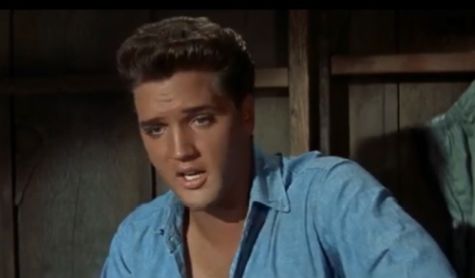
Interestingly, the finished song never made it into the film or the soundtrack album. Several Presley experts, including Piers Beagley of the Australian Elvis Information Network, have even argued in their studies that the song was omitted because it was too different from the other songs recorded that night.
It’s worth remembering, however, that the Edwards and David composition wasn’t completely lost. Elvis recorded it again a few months later, in October 1961, this time for the production of “Kid Galahad.”
The session slowly drew to a close. Unfortunately, as it drew to a close, Elvis inevitably faced what he considered the weakest song of all the songs planned for the new film: “Sound Advice” by Bill Giant, Bernie Baum, and Florence Kaye.
It’s even said that Presley disliked the song so much that, just before recording, he forced RCA to declare that they would never include it on an official soundtrack album. Ironically, however, RCA did so a few years later – in 1965 – by including it on their anniversary LP (released to commemorate the tenth anniversary of Elvis’s collaboration with RCA), “Elvis For Everyone.”
The song, finally recorded after six takes, turned out to be the last composition officially recorded for the comedy “Follow That Dream.” But not the last to appear in the film!
In one scene, preceding the performance of the title track, Elvis sang a few more verses of the old American folk song “On Top of Old Smokey.” This short segment, lasting less than ten seconds, was recorded on the film set.
Leaving the walls of the famed Studio B around 10 p.m. for a well-deserved rest at the nearby Anachor Hotel ** (located at 1921 West End Avenue), Presley could feel a sense of accomplishment. In less than three hours, he had delivered six completely new and quite decent master versions to RCA and the film studio, which would soon appear on his subsequent albums, including the official soundtrack from his ninth film.
- Memphis is only about a three-hour drive from Nashville, while the drive to Los Angeles takes nearly twenty-six hours.
- Elvis spent the entire night at the Anachor Hotel. The next day, July 3, 1961, he drove back to Memphis.
Article written and provided by Mariusz Ogieglo, EP Promised Land (Poland)
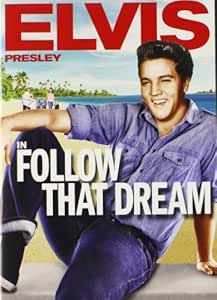
If you want to visit more articles about the life of Elvis Presley, enter the following Elvis Radio 24h link: https://elvisradio24h.com/tag/articles Thanks TCB
